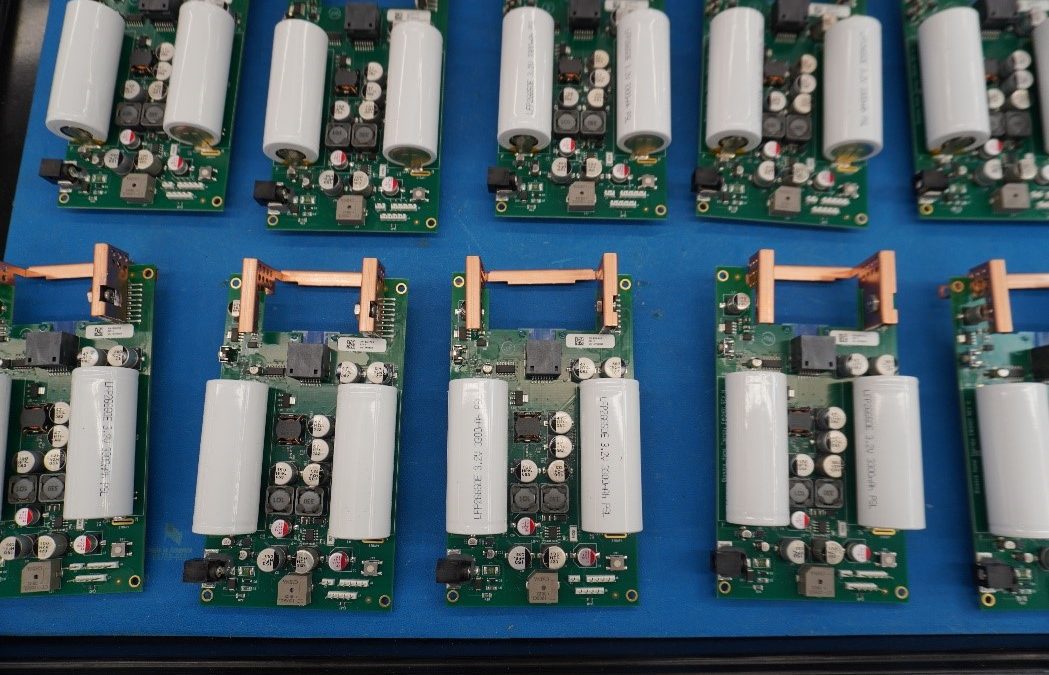In today’s interconnected world, electronic manufacturing services (EMS) play a crucial role in driving technological advancements and innovation. However, alongside progress comes the responsibility to minimize environmental impact and promote sustainability practices across the industry. Electronic manufacturing traditionally faces challenges related to energy consumption, waste generation, and the use of hazardous materials. As the demand for electronic devices continues to rise, so does the urgency to adopt sustainable practices that mitigate these environmental concerns.
Driving Change Through Innovation
Innovation is pivotal to addressing sustainability challenges in EMS. Innovation in energy efficiency involves implementing energy-efficient manufacturing processes and equipment, which effectively reduces operational costs and carbon emissions. Advances in technology enable more precise control over energy usage, optimizing efficiency without compromising productivity.
Material recycling is another crucial aspect. Developing robust recycling programs for electronic components and materials helps minimize waste and recover valuable resources. These recycling initiatives alleviate the burden on landfills and support a circular economy model, where materials are reused or repurposed rather than discarded.
Choosing sustainable materials, such as biodegradable packaging and responsibly sourced components, ensures that electronic products are not only functional but also eco-friendly. Designing products for disassembly and recyclability further enhances their environmental credentials.
Achieving Eco-Friendly Practices Without Added Costs
Notably, companies like Distron often integrate sustainable practices without adding extra costs. By implementing energy-efficient technologies, they reduce energy consumption, which directly lowers operational expenses. Recycling programs can be self-sustaining or even profitable by recovering and selling valuable materials. Additionally, choosing sustainable materials and eco-friendly designs can attract consumers willing to pay a premium, balancing any additional costs. Through strategic collaboration and leveraging green subsidies, these companies ensure that sustainability is not only environmentally beneficial but also cost-effective. This approach demonstrates that sustainability and profitability can go hand in hand.
Collaboration for Impact
Achieving sustainability in EMS necessitates collaboration across the supply chain. It involves engaging with suppliers who uphold environmental standards and ethical practices to ensure that sustainable principles are embedded throughout the manufacturing process. Adhering to stringent environmental regulations and industry standards is crucial as it drives continuous improvement in sustainability practices. Compliance with these regulations ensures that EMS providers operate responsibly and transparently, fostering trust and accountability within the industry.
A Vision for a Sustainable Future
Looking ahead, the future of electronic manufacturing services hinges on a collective commitment to sustainability. By embracing innovation, fostering collaboration, and adhering to ethical practices, the industry can lead the charge toward a greener future. Sustainable EMS not only meets the needs of today’s consumers but also preserves resources for future generations.
Joining the Movement
As consumers and businesses increasingly prioritize sustainability, the demand for eco-friendly electronic products and manufacturing practices continues to grow. By supporting EMS providers like Distron that prioritize sustainability, stakeholders can drive positive change and contribute to a more sustainable economy.
In conclusion, embracing sustainability in electronic manufacturing services is not just a choice but a necessity. Through innovation, collaboration, and a commitment to ethical practices, the industry can pave the way for a more environmentally responsible future.


Recent Comments